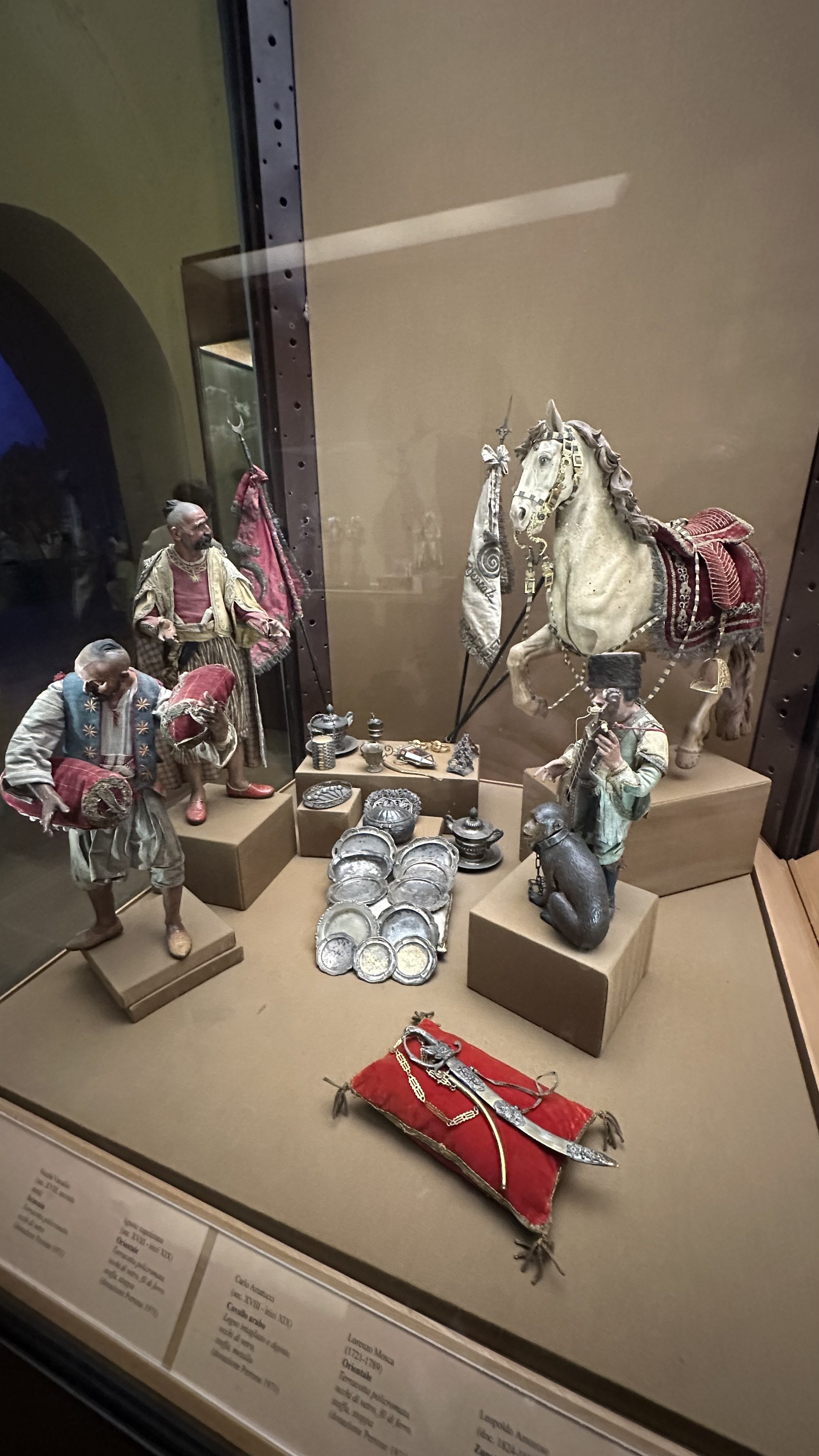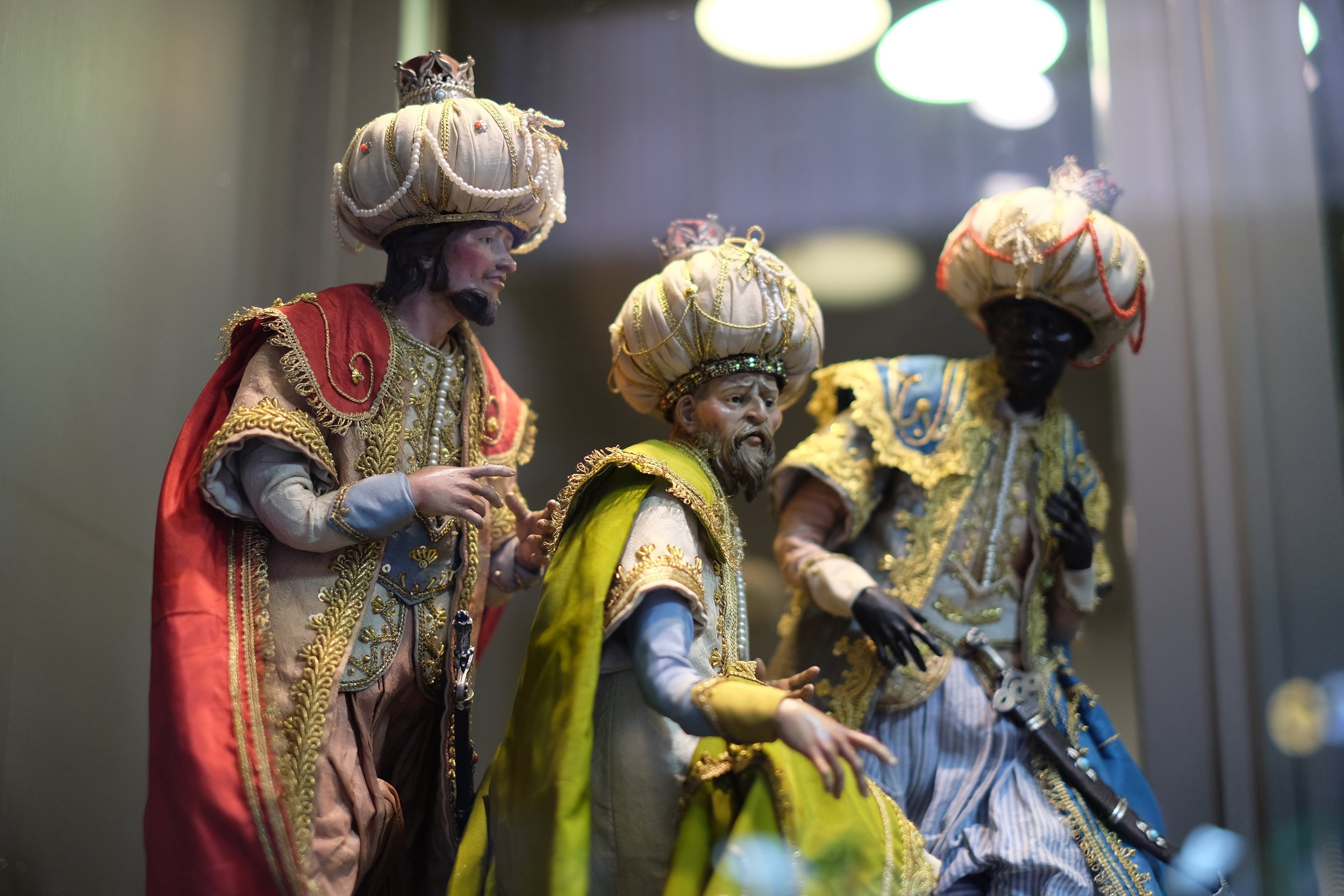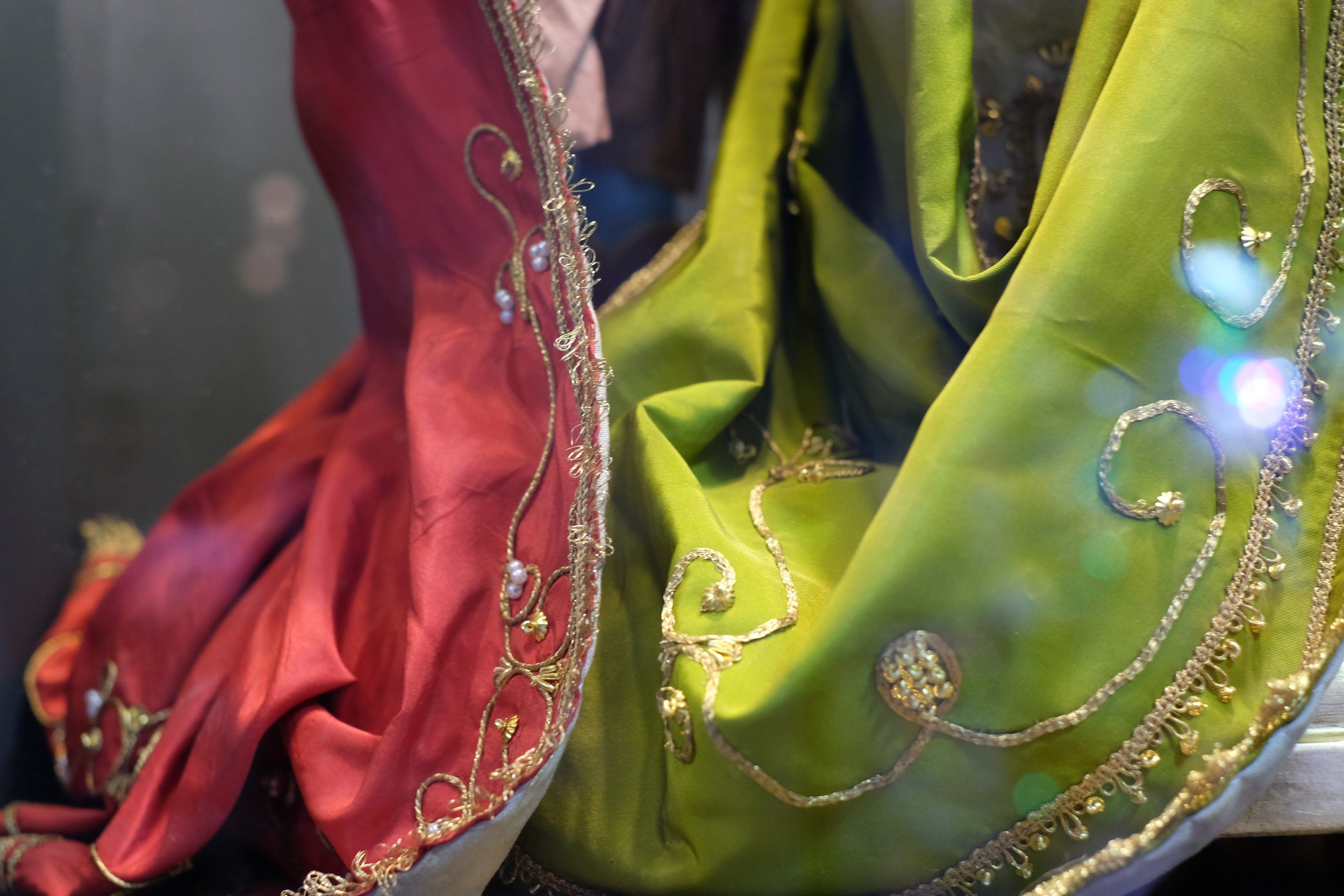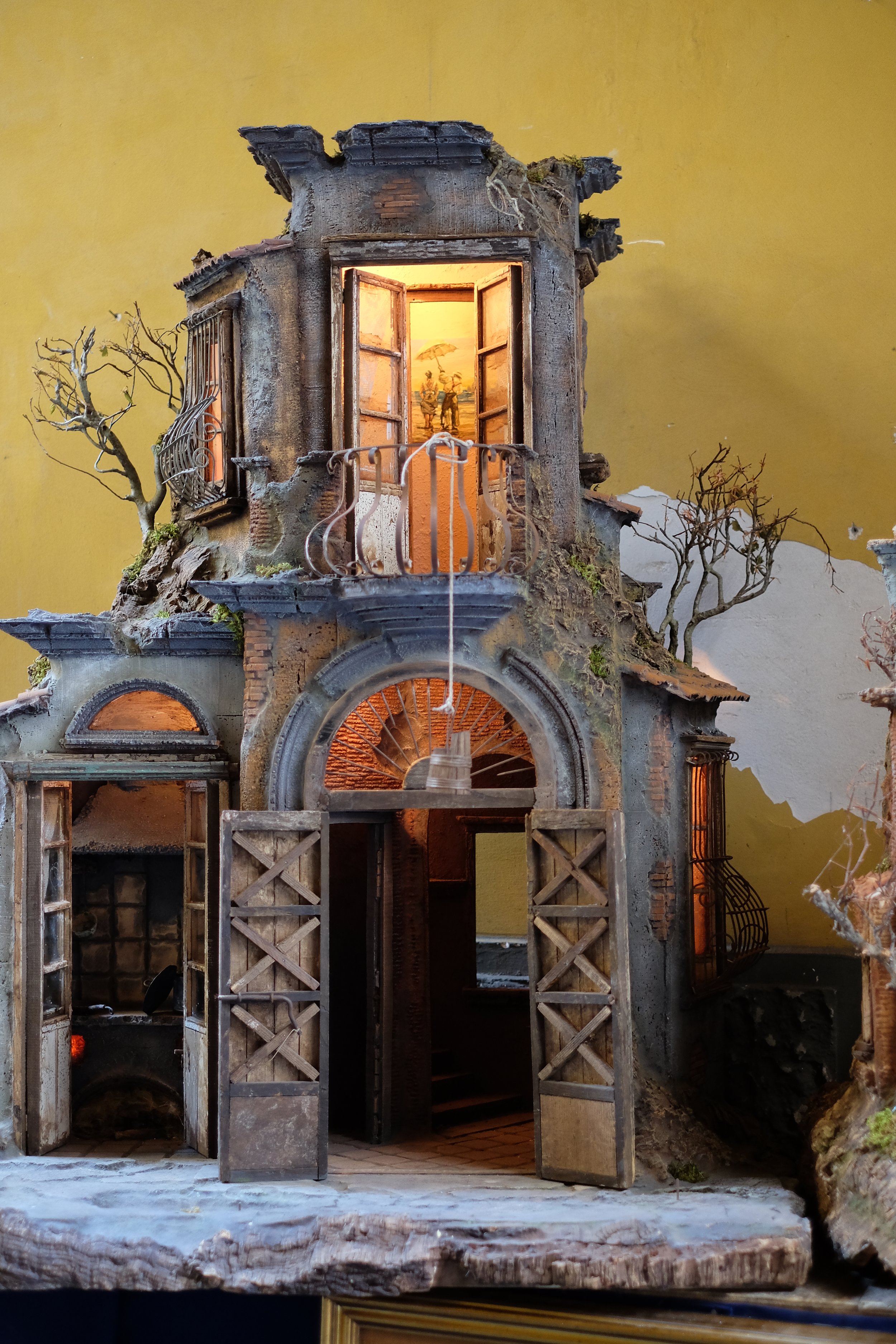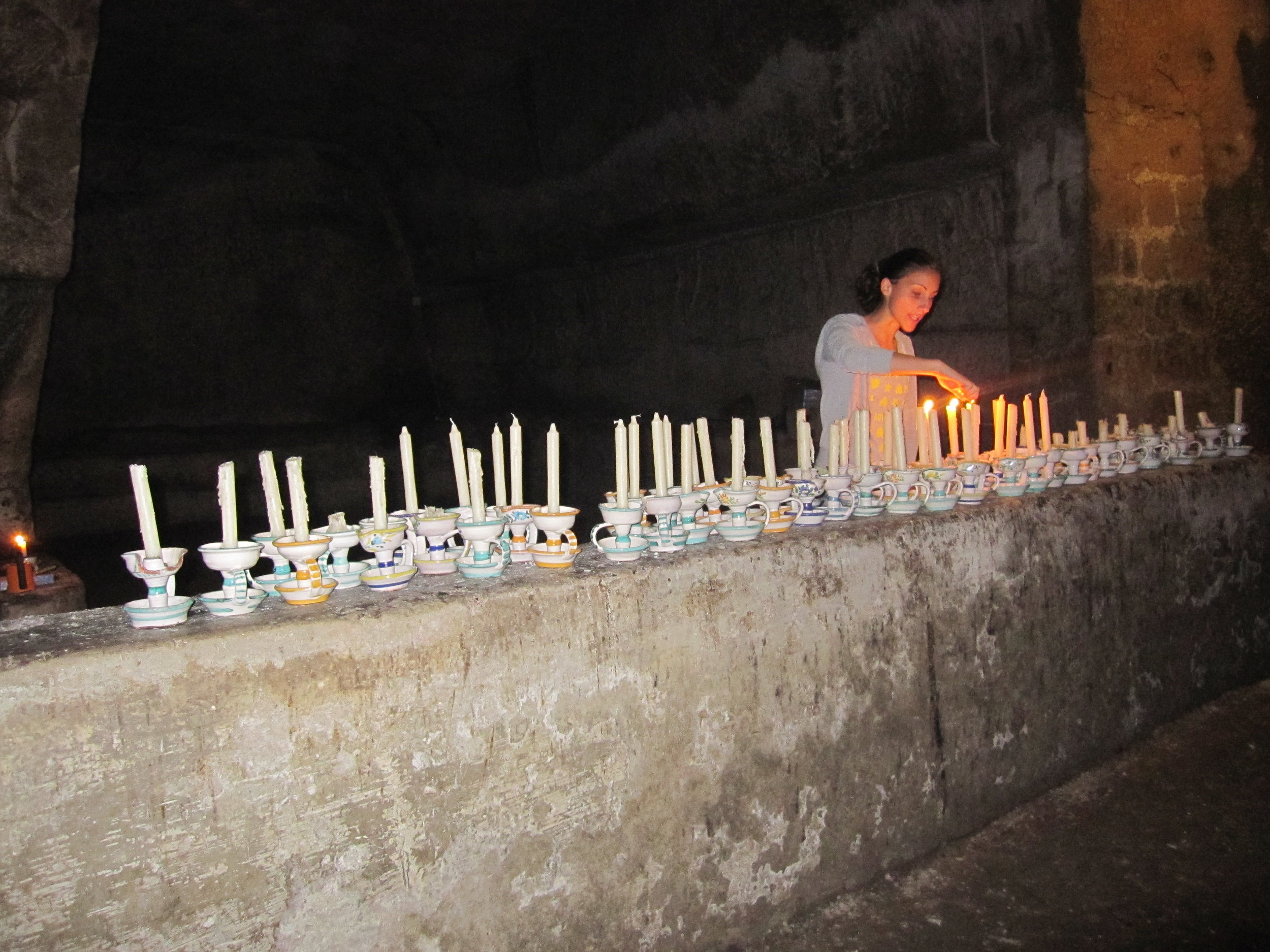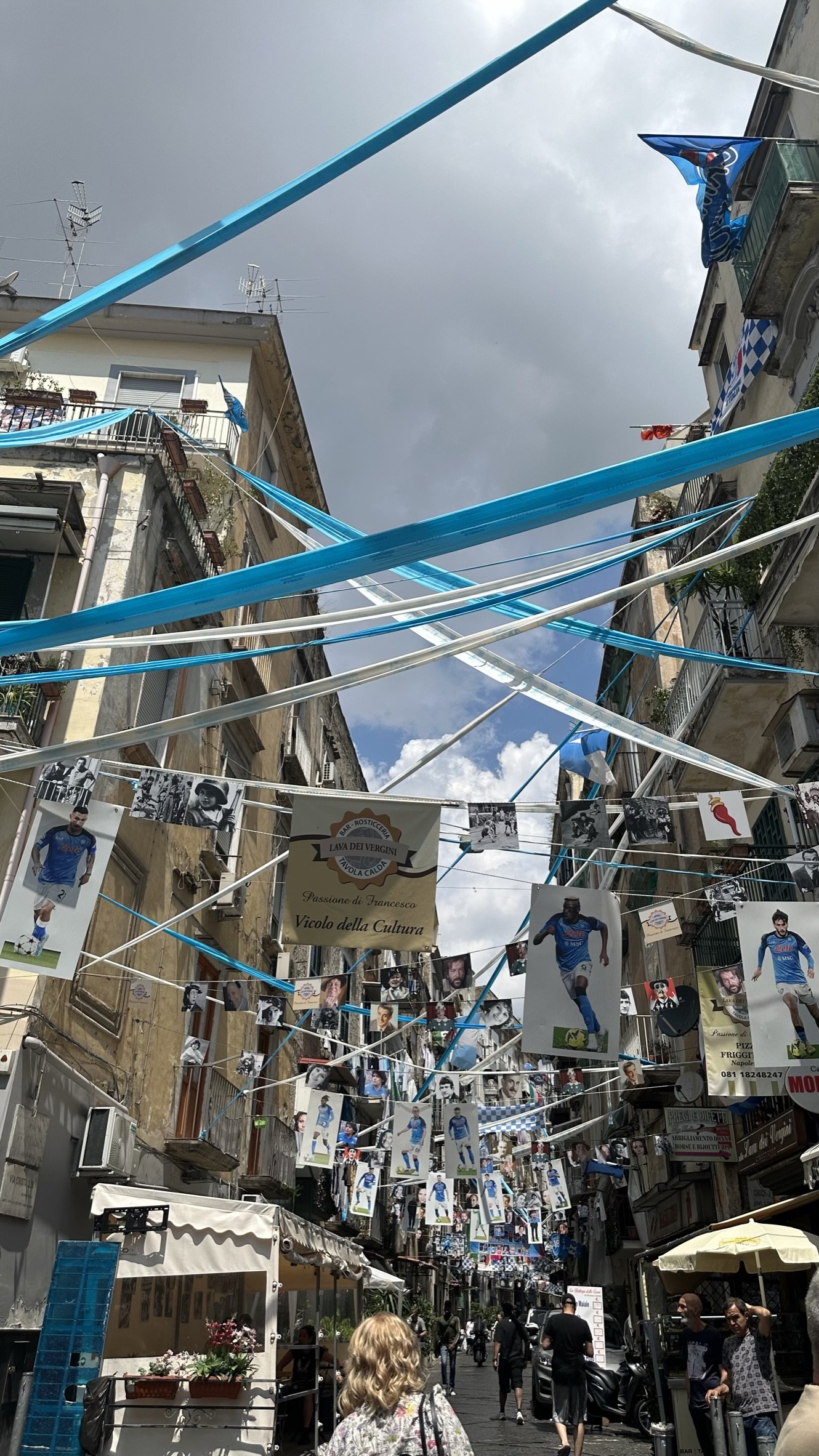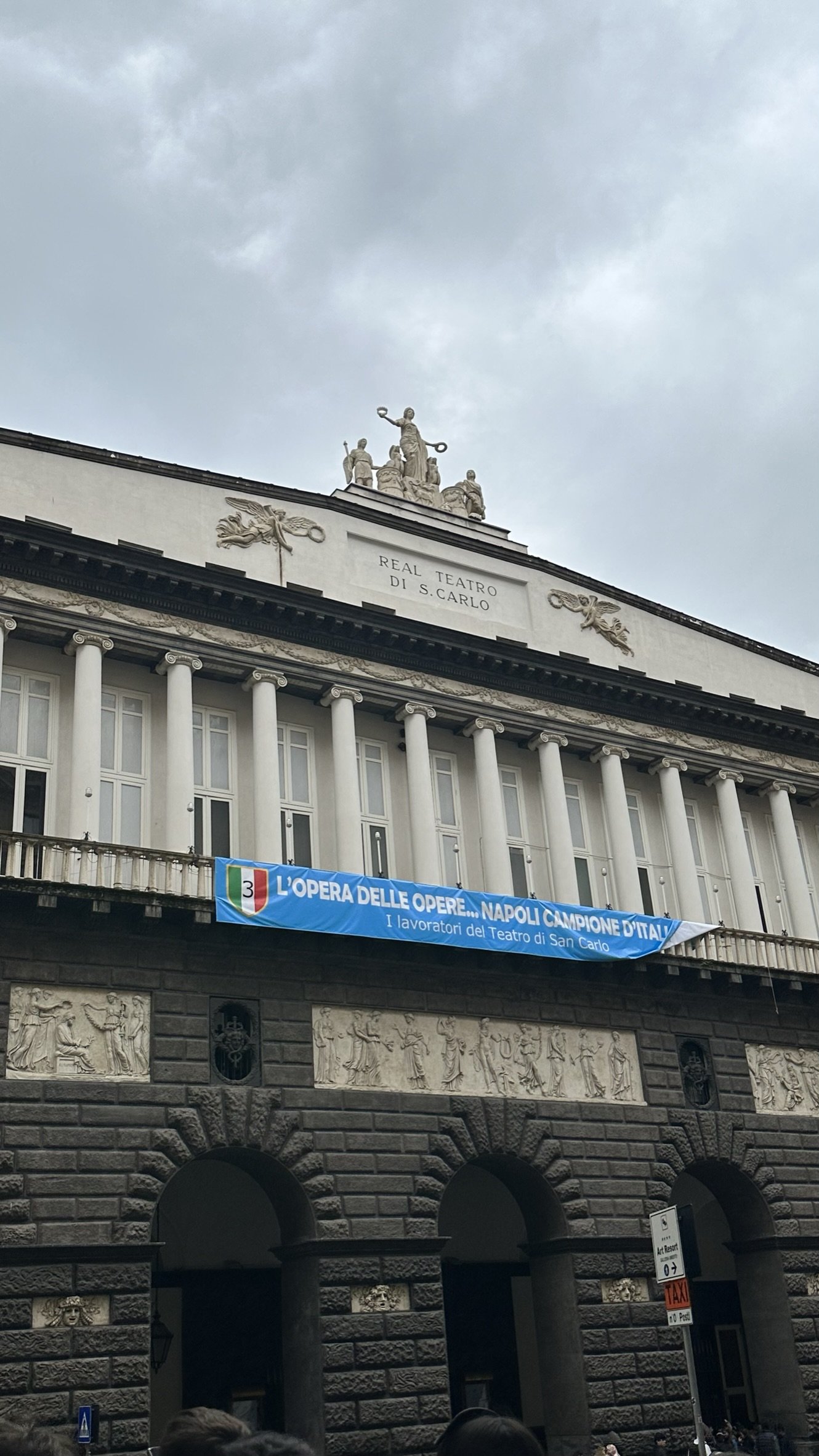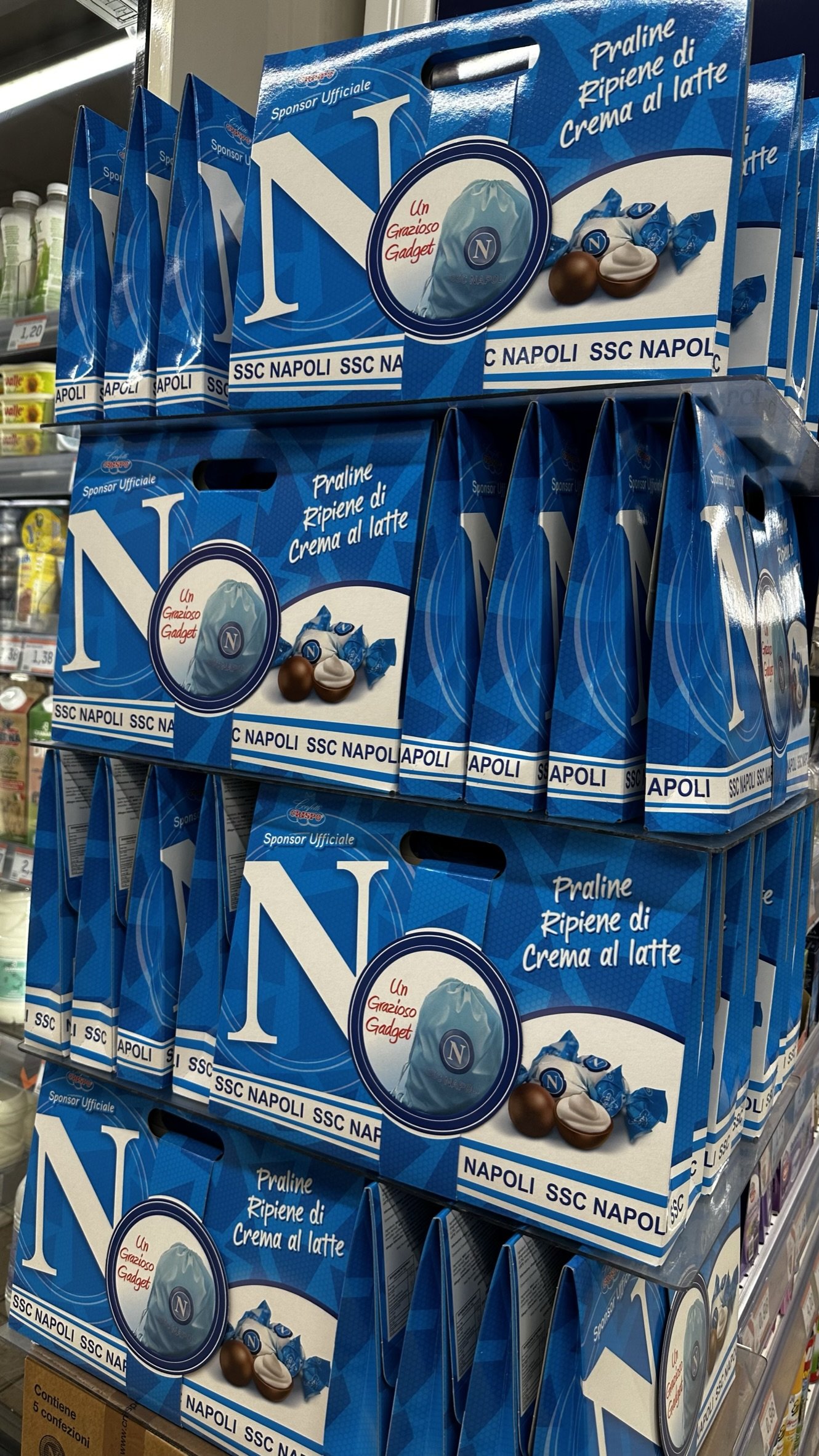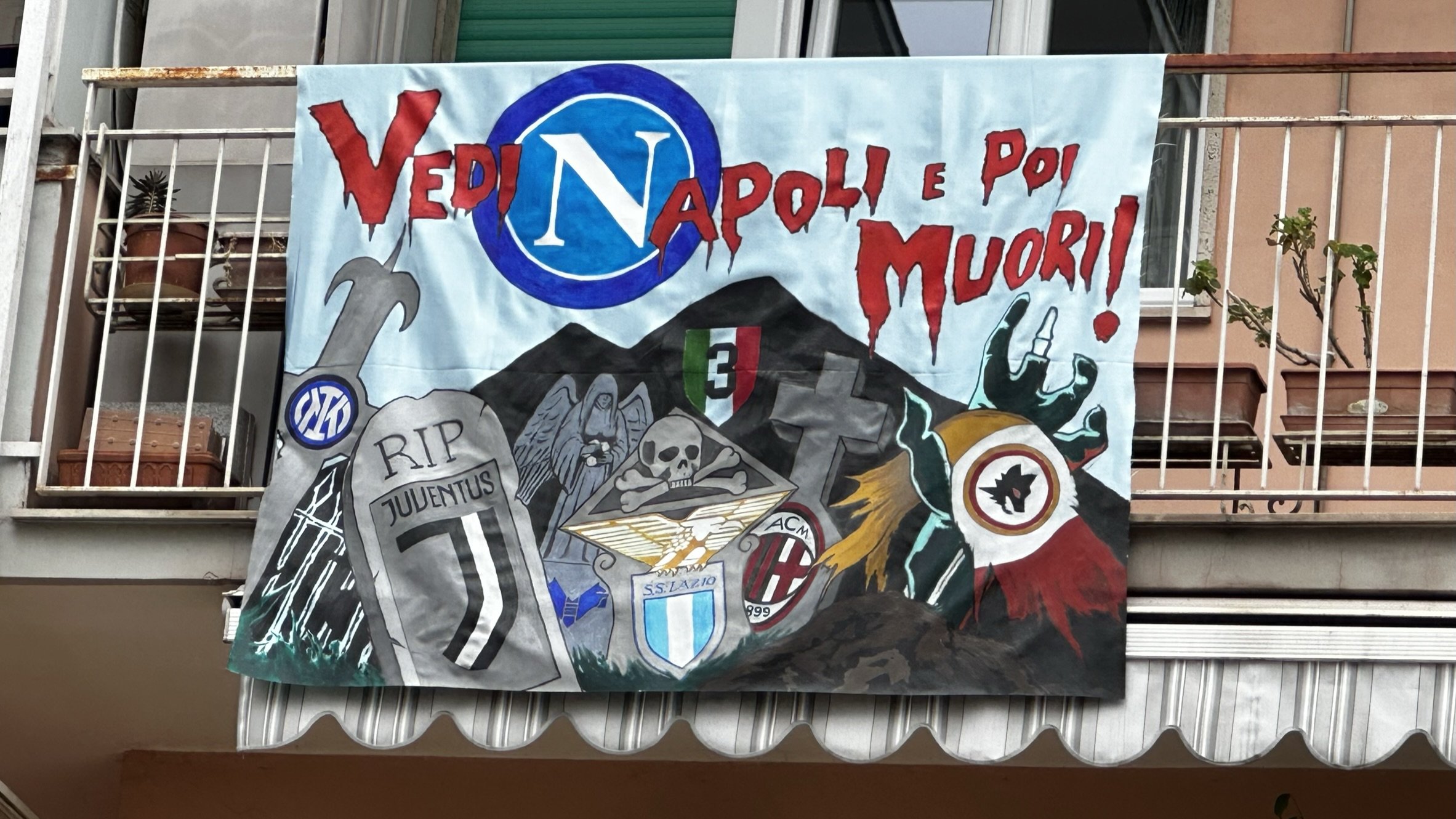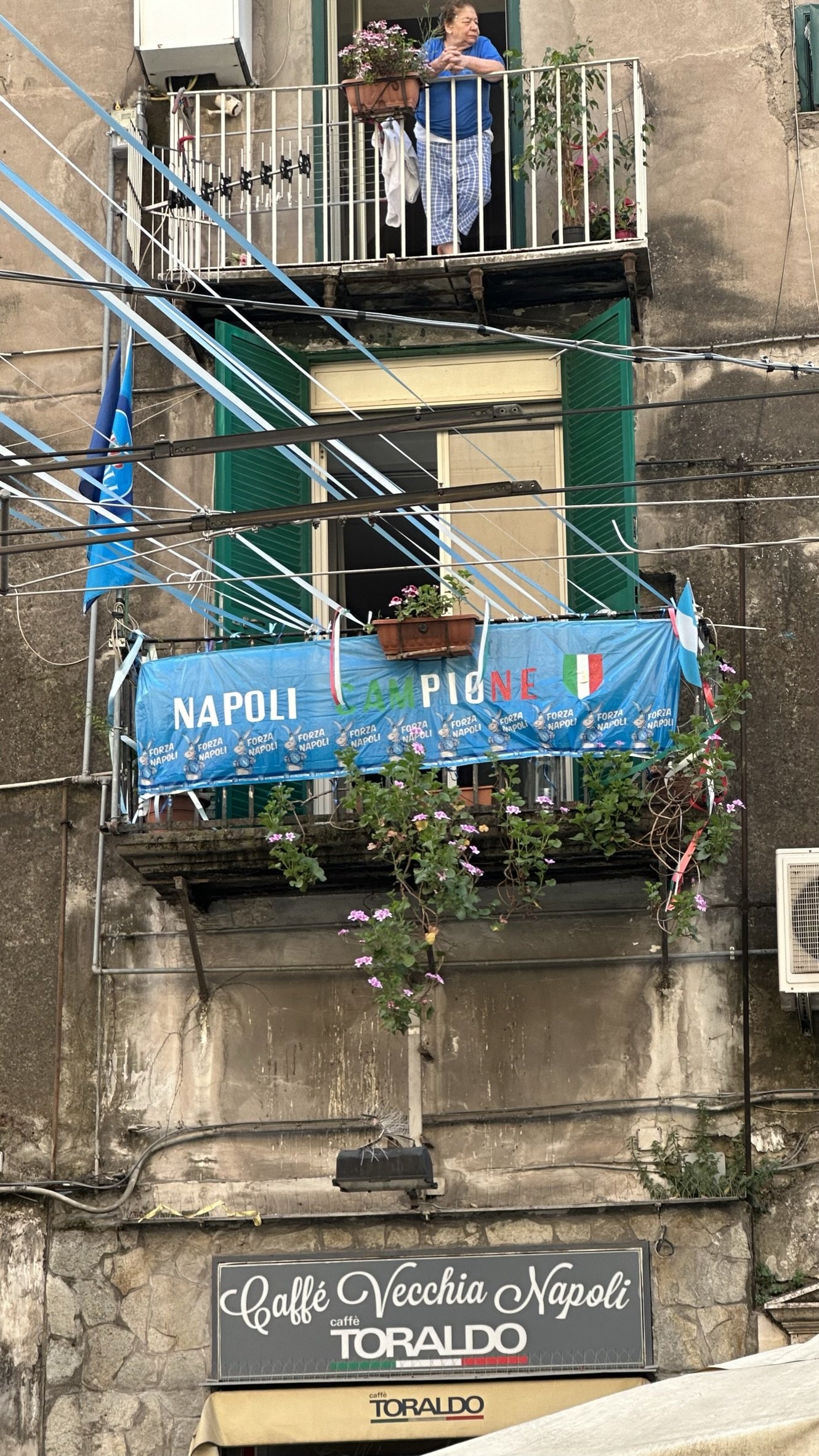The Christmas tree in many parts of the world is the symbol of Christmas. Not in Napoli. Here we have a very old and deep tradition: The Presepe, the Nativity.
There’s no Neapolitan house that doesn’t have their own version of the Presepe: small or large, simple or elaborate, modern or classical. In fact, one of my oldest memories as a child was of my grumpy uncle who turned into a happy child when he showed you his presepe, ‘his masterpiece’, which he displayed the whole year round in the living room.
Some people go mad decorating their homes and lawns with Christmas lights and decorations. Neapolitans go crazy with the nativity.
We need to go back in history to really understand the deep connection between this tradition and the Neapolitans. The 17th century is the golden age of the Presepe, however the origins date back far longer, as they were first documented in the 11th century.
The first known church to display a Presepe was in the 15th century when San Domenico Maggiore church displayed the Nativity scene inside a cave made with real stones rumoured to have been brought from Palestine. Since then until now every church in Naples displays its own Presepe.
The figures of the Neapolitan Presepe include the traditional statues of the Holy Family and also of the ‘Pastori’, which are made up of the shepherds, as well as lots of characters found on the old streets of Naples such as fishermen, merchants, bakers and ordinary men, women and children. Eventually these Presepe became status symbols where aristocrats and rich merchants began to commission pastori with their own features to display in their extravagant nativity scenes and a whole industry sprung up to meet this growing demand. Many workshops started to specialise in making these statues and you can still find them in the old town on the street known as San Gregorio Armeno. Even King Charles III of Bourbon was a fan who actively encouraged the practice. The 17th century was when the technique of making the statues was perfected. The faces were made with terracotta, which could give them a realistic range of facial expressions, then glass eyes were added. The bodies were constructed of bound string, richly dressed in expensive fabrics.
Today in the shops on San Gregorio Armeno you will find statues of figures from contemporary life such as footballers which include of course Maradona, the royal family, celebrities from the world of music and film and even pizzaiolo’s (pizza makers). Here you can also purchase the scenes to place them in which often resemble Neapolitan alleyways. If you go in the month of December expect to encounter large crowds. Be warned, it gets very busy!.
Nowadays, some of the most magnificent Presepe in Napoli are the ones exhibited inside the Museum of San Martino and at the Royal Palace on Piazza Plebiscito. The most spectacular one in San Martino is known as Presepe Cuciniello named after the nobleman who commissioned it in 1879 and it still sits in its original position. This Presepe is a unique example of the technology of its day. It sits inside a cave behind huge glass windows and a machine recreates the different stages of the day, from sunrise to dusk and throughout the night-time, all in a matter of minutes. The Presepe includes all manner of figures and every type of animals, as well as exquisitely crafted fruits and vegetables and meats and fish.
See more in the section I wrote about San Martino here.
Presepe Cuciniello, dated 1879 in San Martino.
Part of the collection of the Presepe section of the museum in San Martino.
Part of the collection of the Presepe section of the museum in San Martino.
The Presepe on display at the Royal Palace, belongs to the Banco di Napoli and it is a collection of several Neapolitan artists, like Giuseppe Sanmartino (sculptor of the breathtaking Cristo Velato in the Sansevero Chapel). It is a 17th century Neapolitan scene in which all the figures wear oriental and elegant clothes and which even includes Vesuvius in the background.
If you want to make your own Presepe, these are some of the characters of the tradition which you must be include in your scene. Benino (or Benito) is the young sleeping shepherd, which represents the awareness of the birth of Jesus. The vintner, to represent the wine, the blood of Jesus. The fisherman, always a reference to the Gospel. I due compari, two men at the tavern playing with cards, who represent Carnival and death. Last but not least i Re Magi, the three kings, which according to tradition, arrived in Jerusalem with gifts for the baby Jesus. For those fanatical about Presepe, it is very common to place three small kings in the background at the start of the festive period as they are coming from far away and then every few days they are replaced with bigger and bigger statues until January 5th when they finally arrive at the stable to visit baby Jesus, whose statue is only put in the scene at midnight on Christmas Eve.
Benino (or Benito), the sleeping shepherd.
The Three Kings.
Details of the precious clothes of some pastori.
As I previously mentioned, you can visit the San Martino museum and the Royal Palace Presepe, but the best way to experience the real Presepe Napoletano is to visit ‘Christmas Alley’ San Gregorio Armeno. This is one of the alleys in the old town, famous for all its shops where they sell and make all the statues of the presepe. You can find here any type of statues, from the cheapest (only few euros), to the most expensive (thousands of euros). You can also find elaborate pieces such as waterfalls with real water, mills, ovens, and all you can put in a nativity scene.
The famous Christmas alley, San Gregorio Armeno.
The amazing shops in San Gregorio Armeno.
You don’t need to be religious to appreciate The Neapolitan Presepe. When you walk around San Gregorio Armeno and all the other Presepe in Napoli, I’m sure you will be amazed by this fascinating world of tradition and modernity and by the the skills and the dedication of the artists who have created these wonderful things, generation after generation. These shops are open all year round and every January these presepe makers start to plan and work on the new presepe for the next Christmas.
Details of the making of a pastore.
Artist hands.
One of the oldest workshops in San Gregorio Armeno.
Statues of varying sizes.
Statues.
Sacro e profano. Sacred and profane.
You can make your own presepe with some barn/villages.
Barns like a traditional Neapolitan house.
Different types of pastori.
Vegetables & fruits. All hand made and painted.
The smallest Presepe inside a walnut.
The incredible expressivity of the pastori in the San Lorenzo church.
Details of the pastori in the San Lorenzo church.


